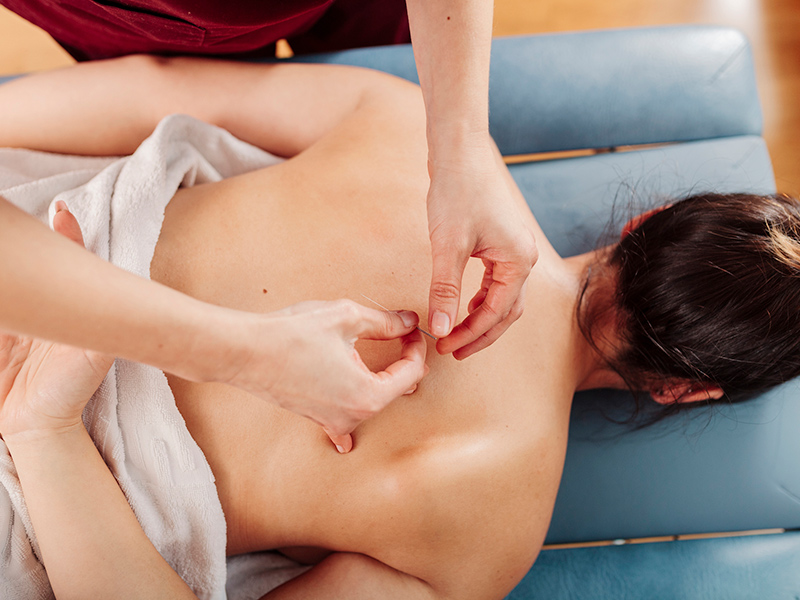The ins and outs of dry needling
Pricking your ‘sore points’ with tiny needles may not sound appealing, but dry needling is said to be a quick, safe and effective way to reduce chronic muscle pain.
Next time you need to see a health practitioner for a niggling pain or injury, don’t be surprised if the words “dry needling” pop into the treatment conversation.
Physiotherapist Jenny Lucy explains dry needling and acupuncture are both treatments complementary to physiotherapy.
“A physiotherapist may offer dry needling to complete a treatment session that also involved manual techniques, exercise rehabilitation, advice and home programs,” Jenny, who leads the Australian Physiotherapy Association’s Acupuncture and Dry Needling Group, says.
- Healing touch: Which type of massage will relieve your aches and pains?
So what is dry needling?
Using thin “dry” needles, this drug-free therapy is used to treat musculoskeletal pain.
It involves identifying myofascial trigger points associated with muscle spasm, increased sensitivity, stiffness, muscle weakness, decreased range of motion and fatigue.
Dry needles are then used to stimulate the trigger point to release tension and draw adequate blood flow back to the area.
What is it useful for?
Dry needling can be used to relieve pain caused by both acute and chronic musculoskeletal conditions.
“Pain relief is gained from releasing the taut muscular fibres,” Jenny says.
“So the weekend sports person, with a sports overload injury, may be a perfect candidate for a physiotherapist to offer dry needling to.
“Likewise, someone with an acute back or neck injury or a chronic pain condition may also be ideal.”
A recent study found that when people with chronic lower back pain had twice-weekly dry needling sessions alongside standard physiotherapy treatment, they experienced significantly more relief after one month than those receiving treatment minus the dry needling.
That’s important, considering not only do four out of five Australians experience back pain – most commonly low back pain – at some point in their lives, but chronic back pain is a leading cause of disability worldwide.
- Back pain: How to look after spine health
Who can perform dry needling?
Any health practitioner who treats pain and movement – such as massage therapists, osteopaths, myotherapists, physiotherapists – may also be trained in dry needling therapy.
Jenny says of the 31,000 Australian Physiotherapy Association members, more than half are likely to practise the therapy.
“And with the number of Australian Physiotherapy Association’s dry needling courses being taken annually increasing, these numbers will continue to rise,” she says.
- Therapy options: New hope for chronic pain sufferers
Written by Karen Fittall.





